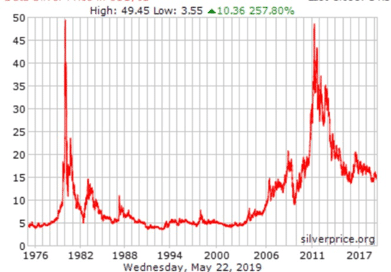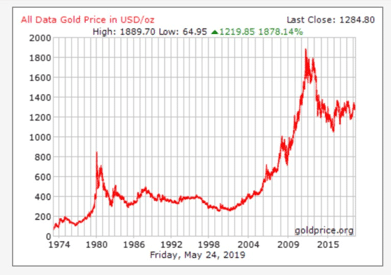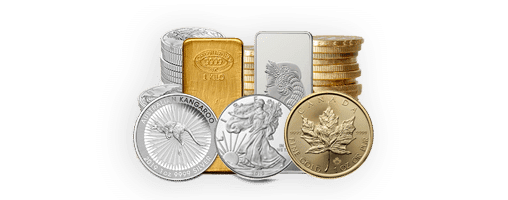Benefits of Precious Metals Investment
Investing in alternative asset classes like precious metals can certainly have some notable benefits. Here are some things to consider:
Diversification
Diversification is a vital part of a successful investment portfolio. To quote an old adage, you don’t want to put all your eggs in one basket. While many investment advisers state that a mix of stocks and bonds is sufficient, others posit that adding a small percentage of precious metals may be beneficial. The data largely backs this up, although there is no predicting the future.
The chart below shows the performance of gold (in red) vs the S&P500 index (in blue) since 2005. As you can see, the price of gold and the price of the broad equity index often moved in opposite directions. And during this time frame, gold actually outperformed the S&P500 (although this is not typical).
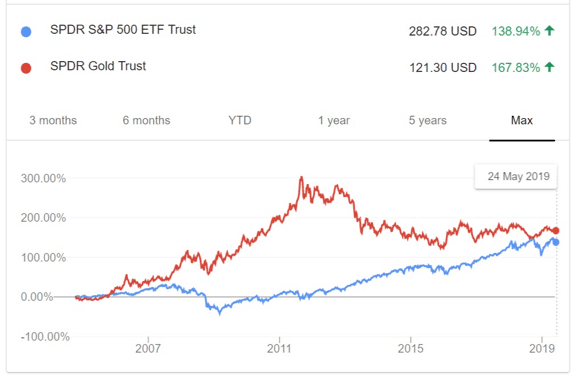
Source: Google Finance
A Hard Asset
If you invest in physical gold, platinum, silver or other precious metals, you will now own a hard asset. This is an asset that you can hold in your hand, trade readily, transport quickly, and use as a physical store of wealth for generations to come.
This tangibility appeals to many. Some investors think of precious metals as an insurance policy against financial collapse or another modern crises. Others just prefer to own some physical assets outside of the financial system.
Inflation Hedge
Precious metals may help hedge against the risk of inflation and hyperinflation. Over the very long term, gold prices have kept pace with inflation rates (although the relationship is less clear in shorter time frames).
Additionally, precious metals can store value and preserve buying power during times of hyperinflation. Take the recent crisis in Venezuela, where inflation rates recently exceeded 1,000,000%. Owning some physical gold during the Venezuelan crisis would have preserved buying power when it was needed most, while cash became nearly worthless.
Globally Recognized
Precious metals are globally recognized, and globally valuable. They maintain their buying power across the world, and their prices move freely of moves in local currencies. They have no credit or default risk, since they are not backed by any particular entity or government.
In extreme cases, this global value could prove quite beneficial in the case of a currency devaluation or other financial crisis.
A Safe Haven Asset
Gold, and to a lesser extent silver and platinum, are seen as “safe haven” assets. This refers to their tendency to be a popular option for investors during times of economic uncertainty. When prices of equities crash, investors often flock to gold, cash, and treasuries. In some cases, this causes the price of gold to surge while the prices for other asset classes fall.
This serves two roles for the precious metal investor: It creates opportunities for great returns during certain time periods, and it further improves diversification. With a balanced portfolio including precious metals, a financial crisis or stock market crash might be slightly less painful, as gains from precious metal investment may balance out losses from equities.
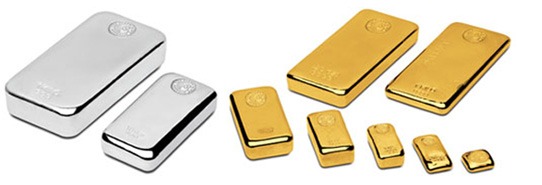
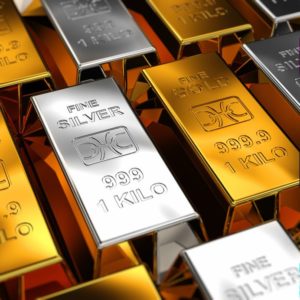 If you go the physical route, we recommend stopping into Bellevue Rare Coins (or
If you go the physical route, we recommend stopping into Bellevue Rare Coins (or 
